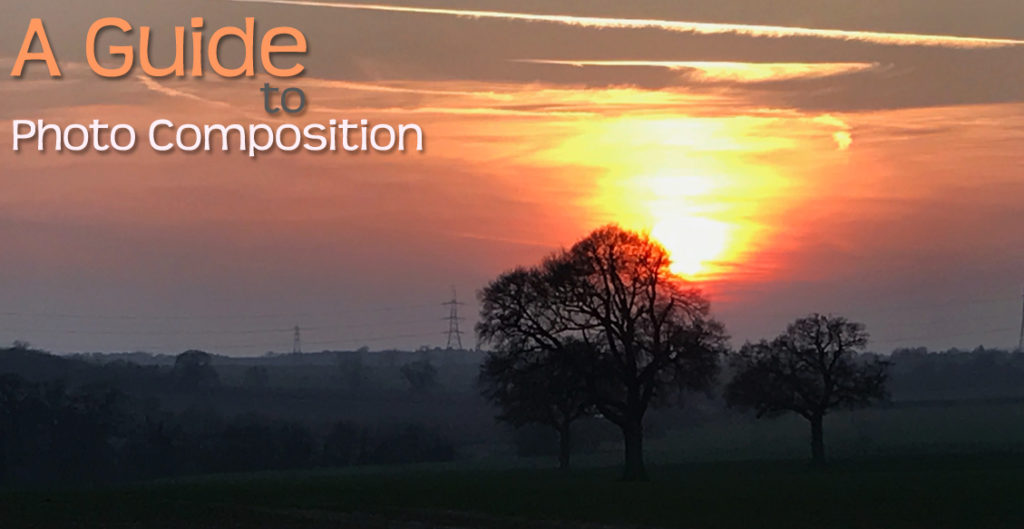How important is composition? While it’s widely known that mastering the art of composition will help your photography, many of the photography elite believe that it’s something you shouldn’t give too much attention too. Yu shouldn’t feel that you need to apply each one of the ‘rules’ below to every photo that you take; spend a little tie practicing them one at a time and soon you will learn which rule applies to certain situations.
Composition is all about training the eye (and mind) to see the image from a range of different angles.
Rule of Thirds
Most photographers come across this rule very early on in their photography journey, and for good reason – it’s simple to understand, and it produces great images.The premise of the rule of thirds is that you divide the cameras frame into thirds and ensure that key objects are placed along these lines to create a professional and engaging photo. Even if you are brand new to the realm of photography, this rule enables you to create interesting photos of a high-quality. The idea behind this rule, is that the viewer explores the entire image, rather than focusing purely on the subject. Of course, there are other basic elements to composition, but this is a great starting point for those who are new to photography.

Balance
The balance within a photo can impact our emotions when we view it. Should the composition appear unbalanced, it can make the viewer feel uncomfortable, while an image that is balanced makes us feel relaxed. Of course, as the photographer – it’s entirely your decision if the image is unbalanced or not. Whether or not you choose to balance your photo, it’s important that you understand why you have made that decision; once you know the reasons for doing so, it’s easier for you to recreate.
Visual Weight
Visual weight is not the same as size or weight that we relate too in our everyday lives; it relates to elements such as writing or human eyes.When you begin to understand visual weight, you will understand the ways in which people view photos, and how positioning elements of an image in a certain way, you can direct their attention. Perhaps not so much a rule, more of an understanding.
Eye-Lines
If the subject of your image is a person, you are taking photos with eye-lines, and it’s important for you to understand the affect that they have on the viewer. Eyes-lines have the ability to focus the viewers’ attention on different parts of the image as well as inducing emotions. Eye-lines are not physical lines, they are a technique of composition, to draw the views to various subjects within a photo.

Horizons
The common division by a single line in a photo is a horizon, particularly in outdoor photography – for obvious reasons. Quite often, the horizon becomes the dominant element within the image because of the powerful way it separates the frame. Where they are placed within the frame will give the image greater depth and influence the viewer’s feelings towards the image.
Single Point
Single point is one of the most basic forms of photography, but being so basic – it takes great understanding to make it work. It can take a plain, boring photo into something of great interest (and in some cases – great value). When working with a single point of interest in a photo, you need to understand where you want it to sit in the frame, why it should be there and the impact on the overall image.The placement and contrast has great implications on the overall image, and often an unbalanced photo with a single point of interest is an advantage.
Triangles
Triangles exist in almost everything that we look at, it often goes unnoticed, but as a photographer, you should learn how to distinguish them and how to use them in an image. Triangles are such a great tool with regards to composition because they are easy to find (once the eye is trained) and easy to manipulate. They enable you to combine various compositional techniques to create an image that is far more interesting. Using triangles, your photos will have three distinguishable points of interest; your job as the photographer is to identify the points of interest in a frame and understand how to link them and why.

Frame within a Frame
Frames are a popular element when it comes to photographic composition, as they naturally lead the viewer’s eyes to a particular point to focus on. A frame can provide a photo with depth and a path to be explored. An image that has a feature in the foreground that frames the background, makes for a much more appealing and interesting image.
Depth
When taking an image, we are taking a ‘3D’ scenario and converting it into a ‘2D’ image; the issue is that when you are trying to capture and display the depth within the image, it can be tricky.In reality, it’s relatively easy to add depth to a photo by using some of the techniques listed in this article. The rule of thirds, frame within a frame and lines that converge at a singular point are all great techniques for creating depth within an image. While we have given you some hints and tips as to where to start when it comes to photo composition, there is far more detail to each element and its worth researching each topic in depth to further enhance your skills and the images that you create.
